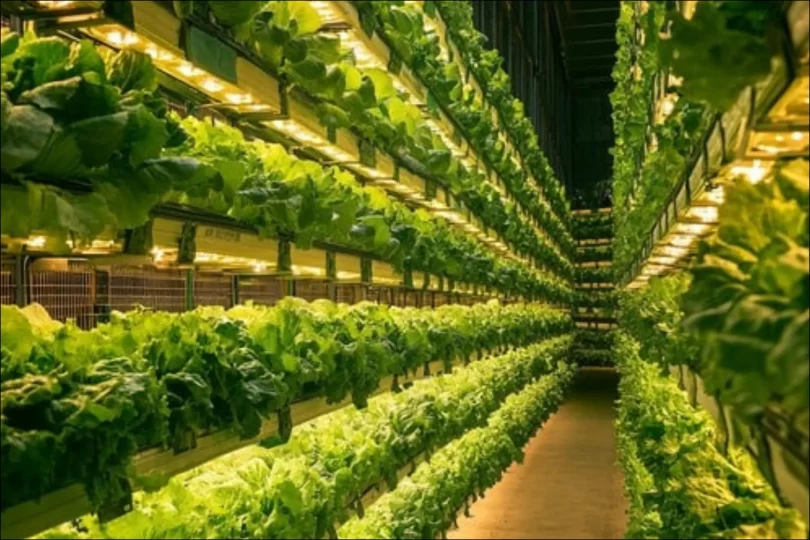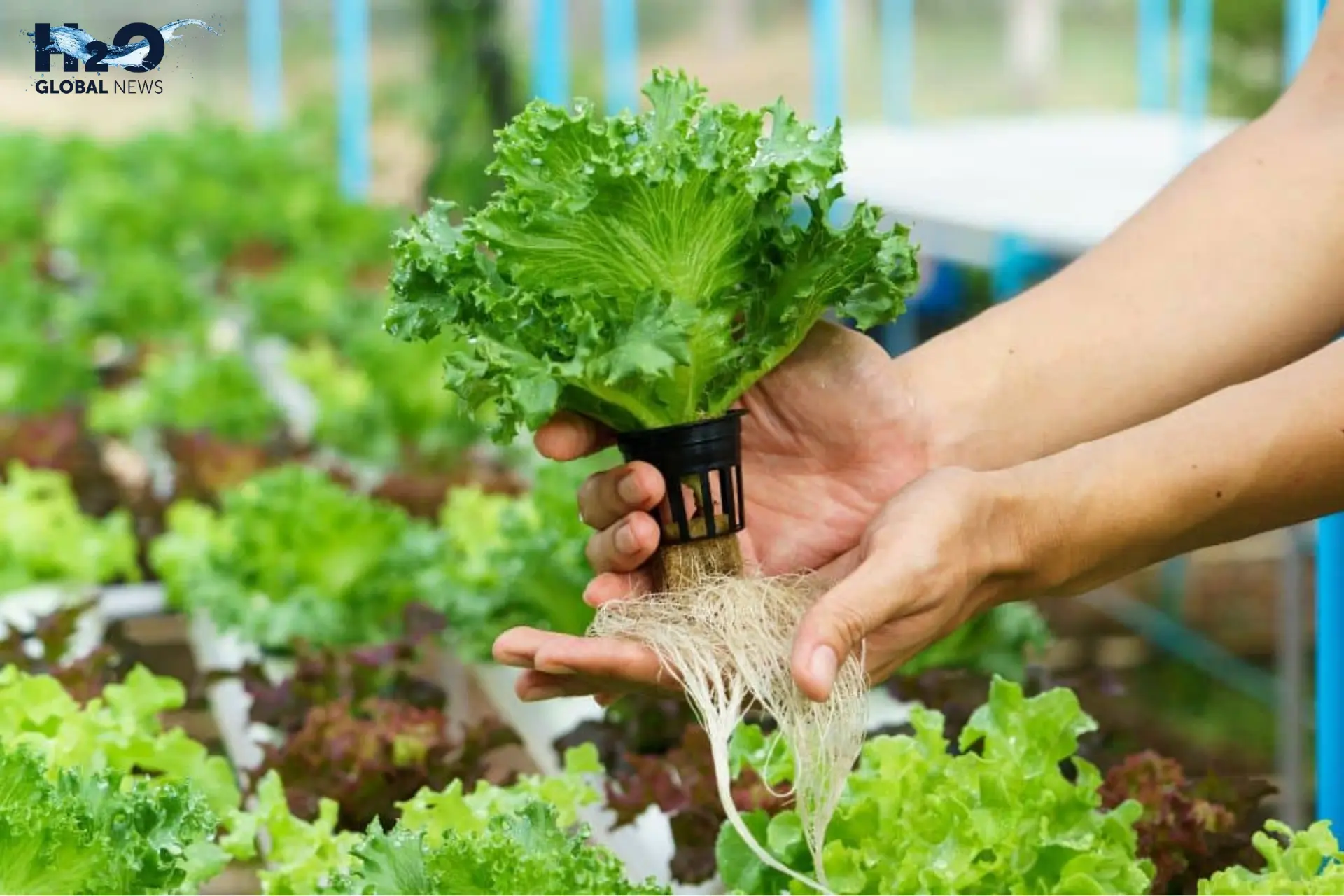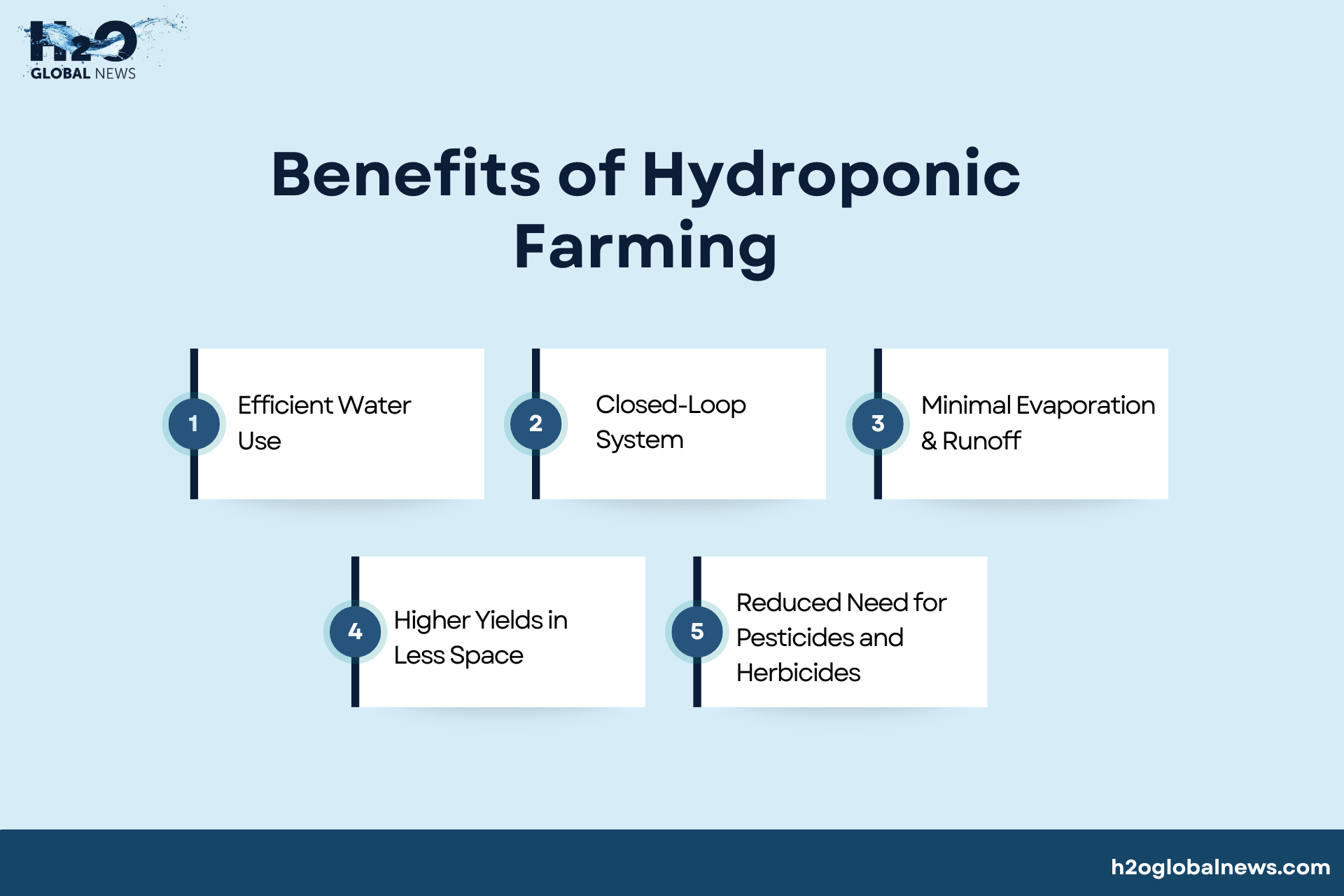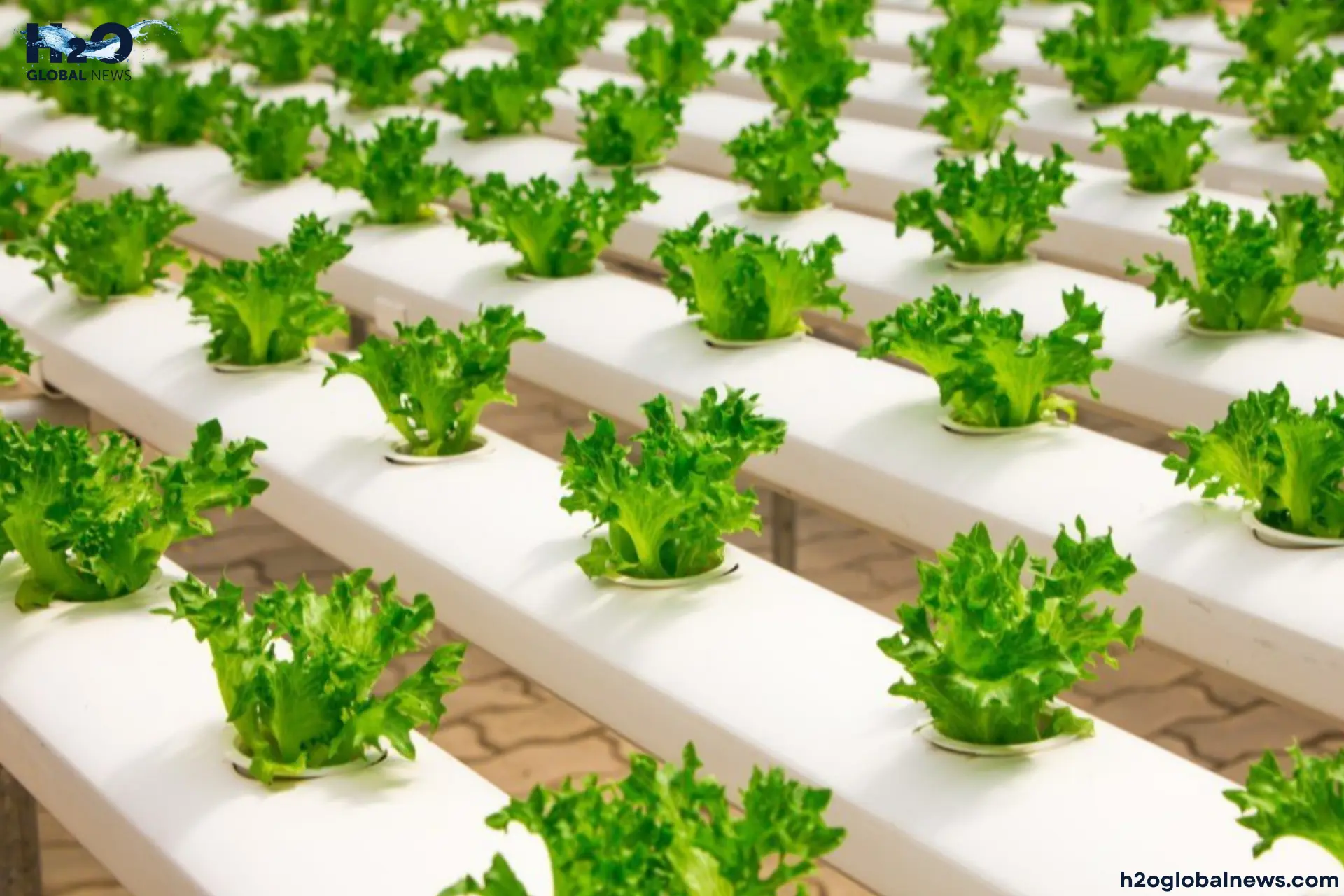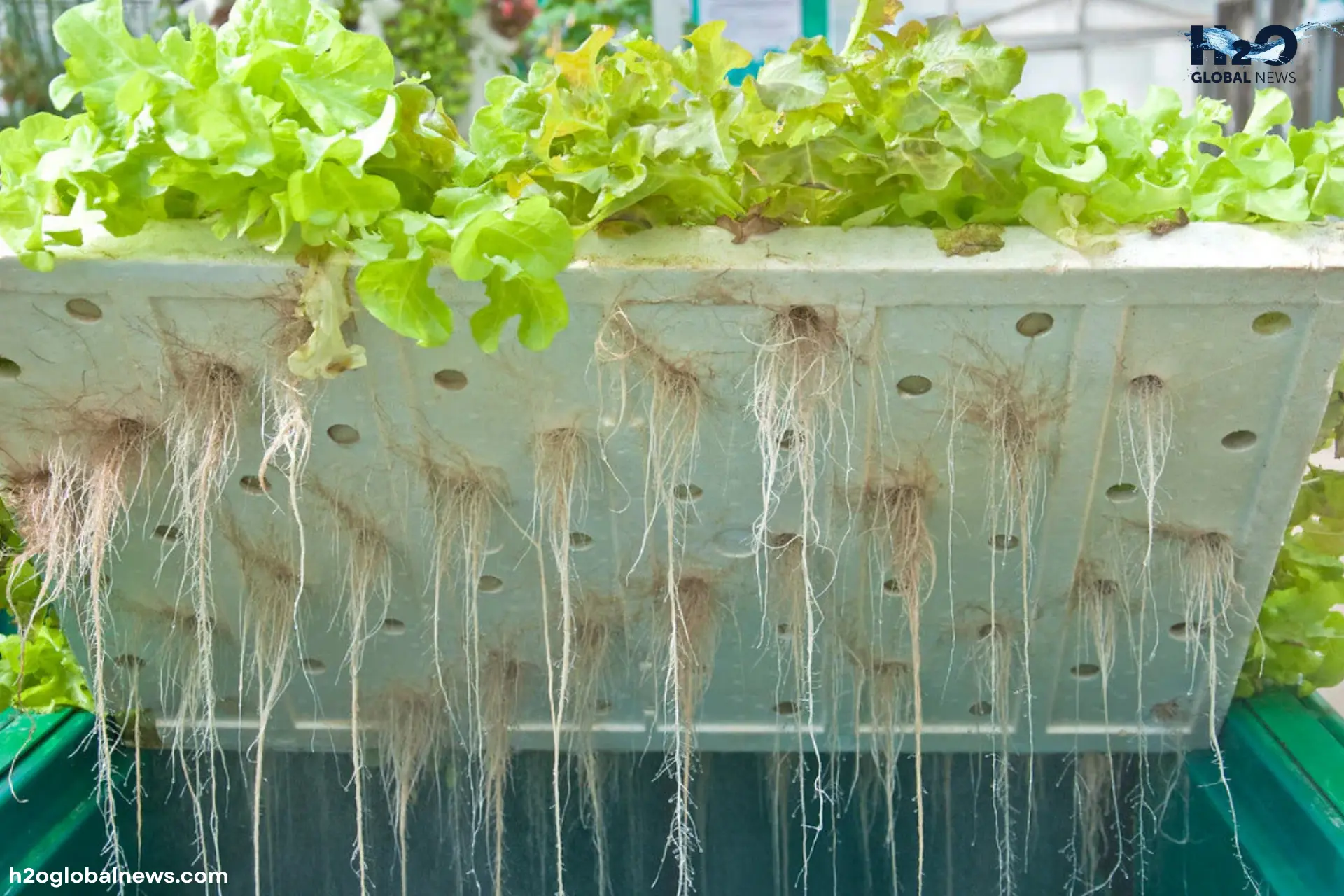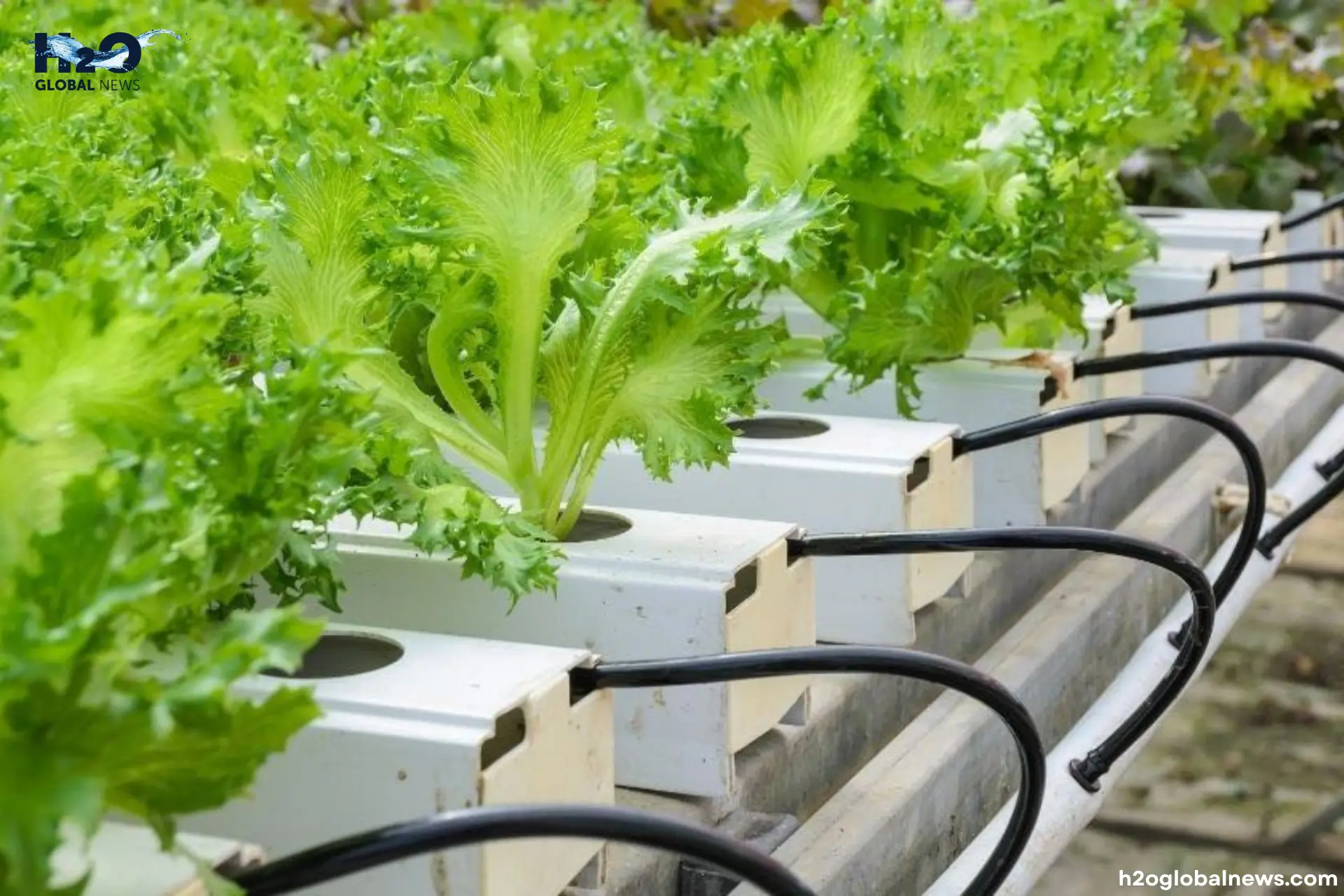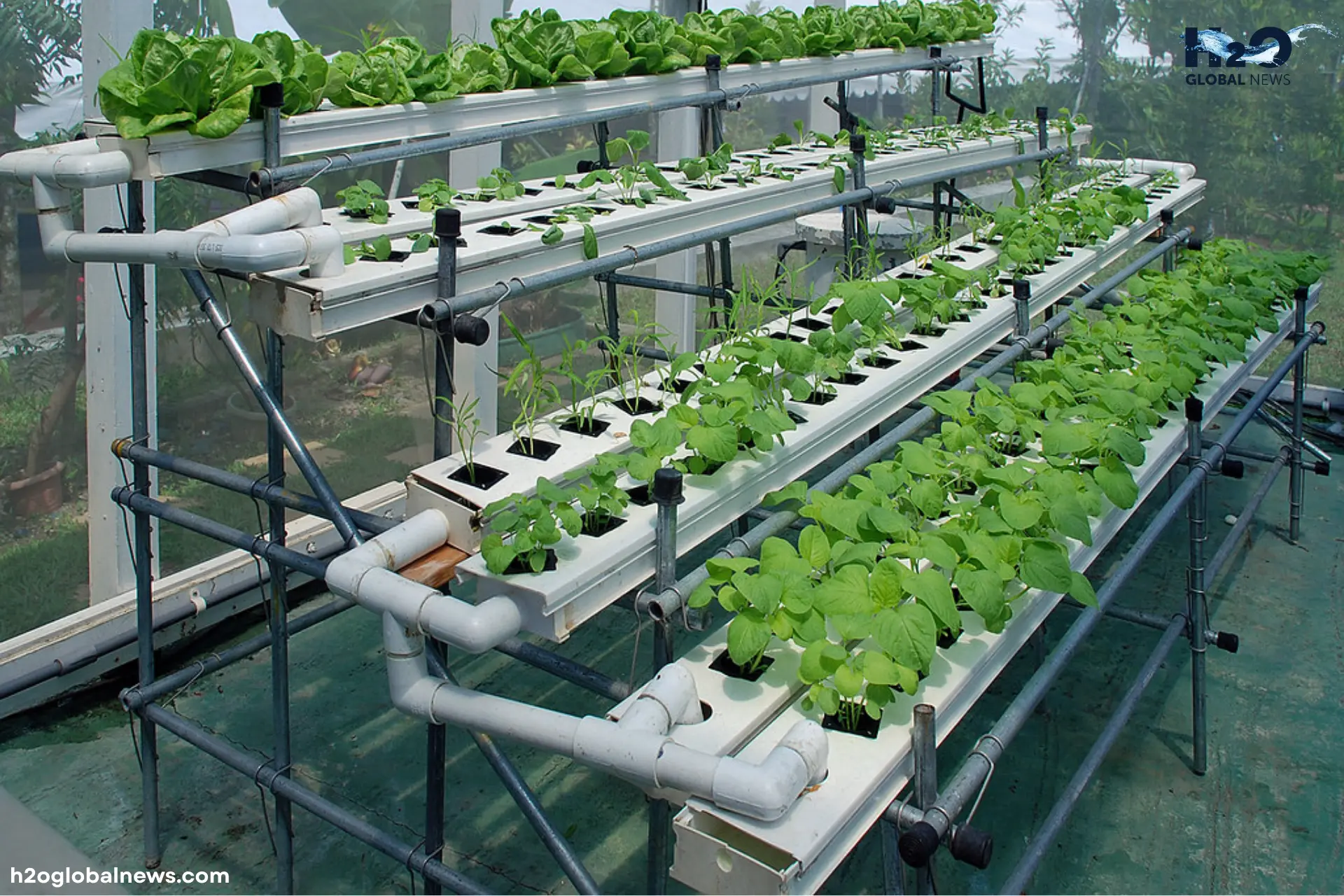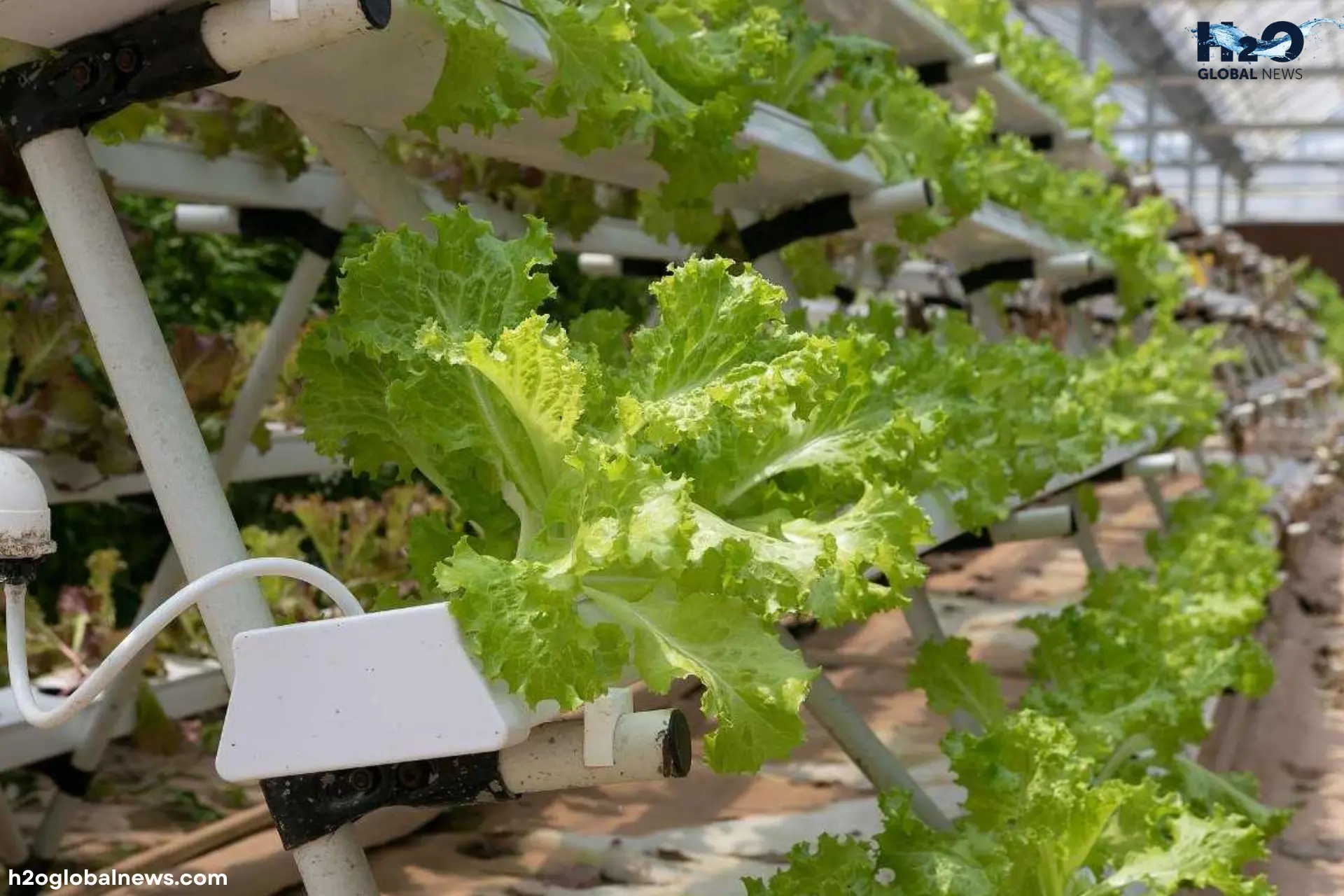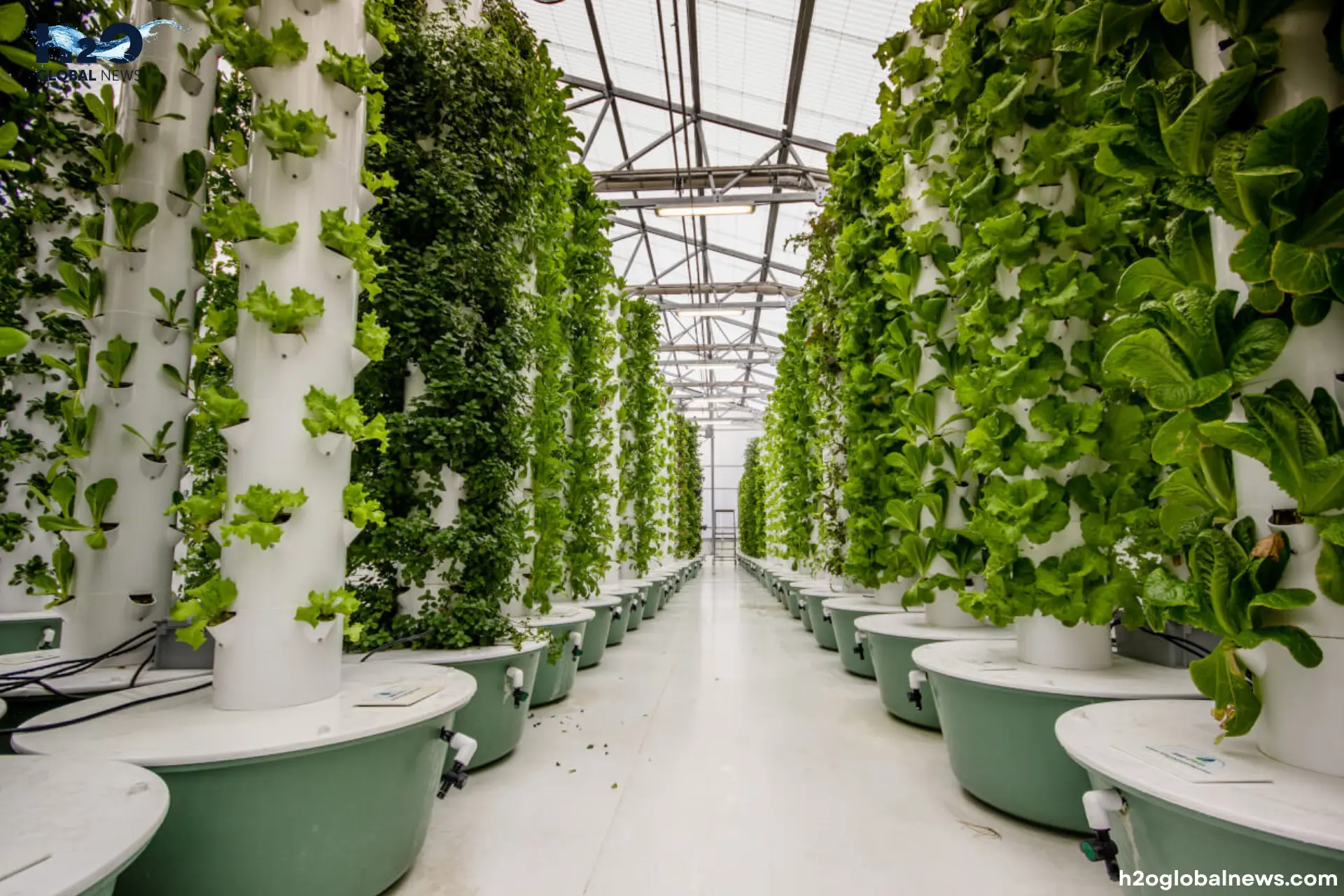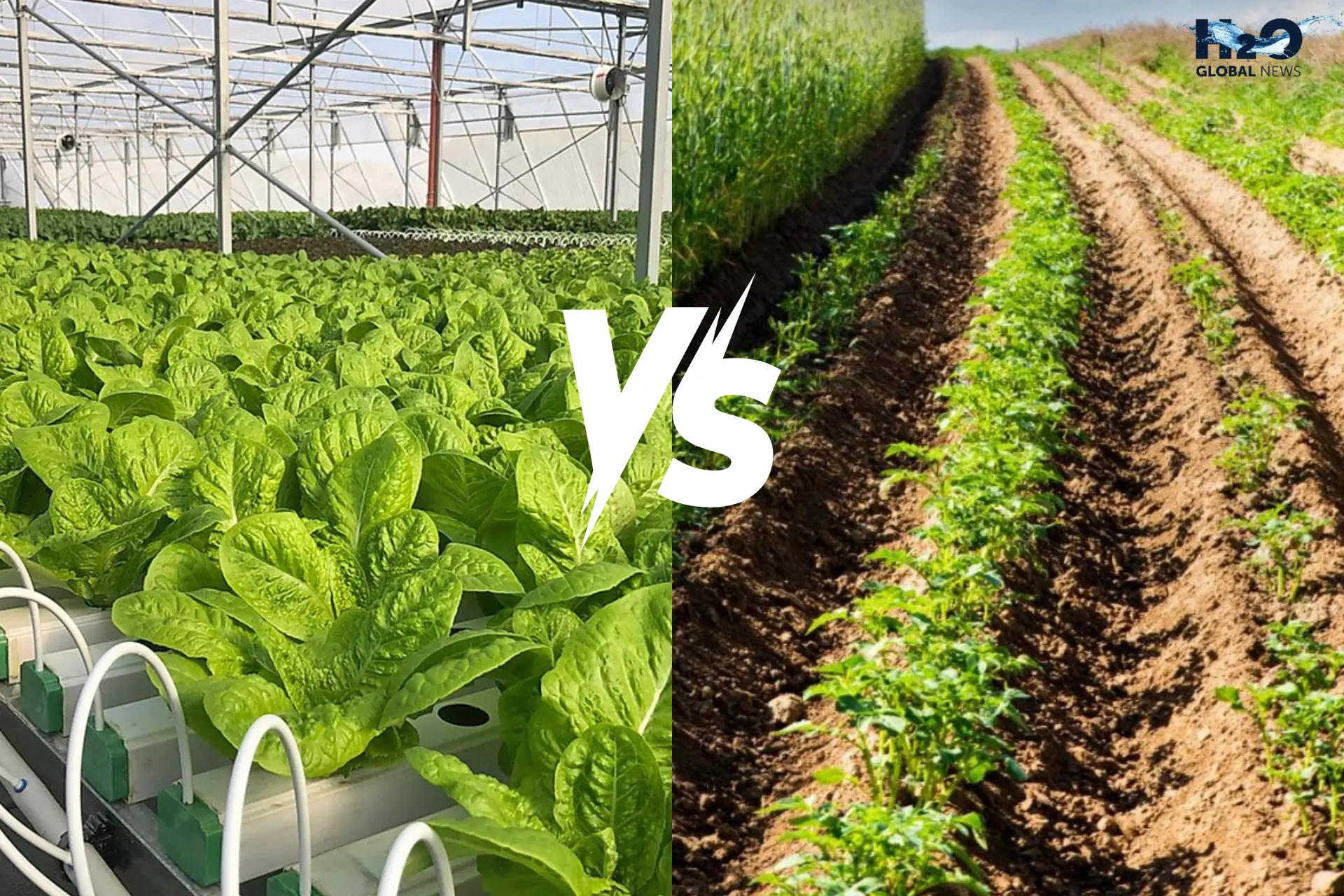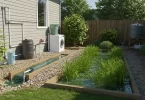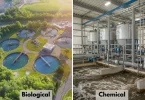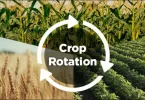Imagine growing fresh vegetables without soil, using only water and nutrients. Sounds interesting, right? Hydroponic farming is a revolutionary way to grow crops efficiently while saving water and space. As water scarcity and food security become global concerns, this sustainable farming method is proving to be a game-changer.
That’s why in this article, we’ll discuss how hydroponic farming works, its different systems, benefits, challenges, and how you can start your own hydroponic setup.
What is Hydroponic Farming?
Hydroponic farming is a technique that grows plants without soil by using water infused with essential nutrients. In traditional agriculture, plants absorb nutrients from the soil, but in hydroponics, these nutrients are dissolved directly into water, allowing plants to take them up more efficiently.
Instead of relying on soil, hydroponic systems provide controlled conditions that optimize plant growth. The roots are either submerged in water, misted with nutrients, or exposed to a nutrient-rich film. Since plants don’t need to expend energy searching for nutrients in the soil, they grow faster and produce higher yields.
Hydroponic farming is especially relevant in urban environments and drought-prone areas. It allows people to grow food indoors, on rooftops, or in greenhouses, and reduces dependence on large-scale farmland.
Benefits of Hydroponic Farming
One of the biggest advantages of hydroponic farming is its ability to conserve water. Here’s how it significantly reduces water consumption compared to traditional soil farming:
- Efficient Water Use: Hydroponics uses up to 90% less water than conventional farming because water is delivered directly to the roots, which prevents unnecessary loss.
- Closed-Loop System: Hydroponics recirculates water, unlike traditional farming, where water seeps into the ground or runs into drainage systems. This means the same water is used multiple times before needing replacement, which helps to minimize waste.
- Minimal Evaporation & Runoff: Since hydroponic systems are enclosed or use controlled water delivery, less water evaporates into the air. Additionally, there’s no soil erosion or chemical runoff, which makes hydroponic farming environmentally friendly.
- Higher Yields in Less Space: Hydroponic systems allow plants to grow in vertical setups or stacked layers, maximizing space efficiency. This is particularly beneficial in urban areas where land is scarce. Studies have shown that hydroponic farms can produce 30-50% faster plant growth than in soil cultivation, making it an attractive option for commercial growers.
- Reduced Need for Pesticides and Herbicides: Hydroponic farms are typically set up in controlled environments such as greenhouses or indoor farms. This lowers the need for chemical pesticides, making hydroponic produce cleaner and safer for consumption. Additionally, herbicides aren’t needed to control weeds because there’s no soil.
Types of Hydroponic Farming
Different hydroponic systems are used for various plant needs, each using a unique method to supply water, nutrients, and oxygen. Below are some of the most popular hydroponic systems, their work, and what they are best suited for.
1- Wick System
The Wick System is one of the simplest and most passive hydroponic methods, meaning it doesn’t require pumps or electricity to function. Instead, it relies on capillary action, where absorbent wicks (made from materials like cotton or nylon rope) draw nutrient-rich water from a reservoir up to the plant roots. The plants are placed in a growing medium such as perlite, vermiculite, or coconut coir, which helps retain moisture.
Since this system works passively, it is ideal for small plants like herbs and lettuce, but not for larger plants that require more water and nutrients. While the Wick System is low-maintenance and beginner-friendly, its biggest drawback is that it can deliver nutrients slowly, making it unsuitable for fast-growing or water-demanding plants like tomatoes or peppers.
2- Deep Water Culture (DWC)
Deep Water Culture (DWC) is one of the most beginner-friendly hydroponic systems. In this method, plants are suspended in a floating platform or net pots with their roots submerged in a continuously oxygenated nutrient solution. An air pump and air stone keep the water well-oxygenated, preventing root rot and promoting healthy growth.
This system is particularly effective for growing leafy greens like lettuce, spinach, and kale because these plants thrive in constant water exposure. Since the roots are always submerged, they can absorb nutrients directly, which leads to faster growth and higher yields. DWC systems require minimal maintenance, making them a great choice for beginners or those looking for an easy-to-manage hydroponic setup.
3- Nutrient Film Technique (NFT)
The Nutrient Film Technique (NFT) involves a thin, continuous flow of nutrient-rich water that moves over the plant roots. The plants are placed in channels or tubes, and their roots are exposed to this shallow water film, providing them with essential nutrients.
This system is ideal for fast-growing, lightweight plants like herbs, strawberries, and small leafy greens. Since NFT doesn’t use a growing medium, the risk of waterlogging is minimal. However, it does require a steady water flow, which means a power failure or pump malfunction can quickly affect plant health. Regular monitoring of nutrient levels and pump function is necessary for success.
4- Ebb and Flow
Ebb and Flow, also known as Flood and Drain, operates by periodically flooding the plant tray with nutrient-rich water and draining it back into a reservoir. This cycle repeats at set intervals and makes sure that the plants receive water and oxygen.
One of the biggest advantages of this system is that it mimics natural watering cycles, which encourages strong root development. It also works well for a variety of plants, including vegetables like tomatoes, peppers, and beans. However, Ebb and Flow requires careful timing and monitoring to prevent overwatering or underwatering. If the water cycle is not properly managed, roots may either dry out or become prone to rot.
5- Drip System
The Drip System is a controlled method of watering in which nutrient-rich water is dripped directly onto the plant roots at scheduled intervals. A network of tubes and drip emitters makes sure that each plant receives a consistent supply of nutrients without excess water loss.
This system is widely used in commercial hydroponic farming because it allows precise control over nutrient delivery, which makes it efficient and scalable. It works well for both small and large plants, including tomatoes, peppers, and cucumbers. However, the tubing and drip emitters can sometimes become clogged with mineral deposits and require regular maintenance to ensure smooth operation.
6- Aeroponics
Aeroponics is one of the most advanced hydroponic systems, where plants are hung in the air and their roots are misted with a fine spray of nutrient solution. Because the roots are not submerged in water or soil, they receive maximum oxygen exposure, which enhances nutrient absorption and promotes rapid growth.
This highly efficient system uses even less water than other hydroponic methods, making it ideal for resource conservation. It is often used for growing leafy greens, herbs, and medicinal plants. However, aeroponics requires precise control over misting cycles, humidity, and nutrient concentrations. Since the roots are constantly exposed, any interruption in misting can quickly lead to dehydration and plant stress.
Challenges of Hydroponic Farming
While hydroponic farming offers numerous advantages, it also comes with challenges that you need to consider before adopting this method.
1. High Initial Investment
Setting up a hydroponic system requires specialized equipment such as grow lights, nutrient delivery systems, water pumps, and climate control devices. Unlike traditional farming, where seeds can be planted directly in the soil with minimal cost, hydroponics demands an upfront investment in infrastructure. Commercial hydroponic farms can cost thousands to millions of dollars to establish, making it a significant financial commitment.
2. Requires Technical Knowledge and Maintenance
Hydroponic farming isn’t just about watering plants; it involves monitoring pH levels, nutrient concentrations, water quality, and temperature to keep plants healthy. You must understand how different plant species react to various nutrients and environmental conditions. Unlike soil-based farming, where plants can sometimes recover from small mistakes, hydroponic crops rely entirely on your ability to maintain an optimal growing environment.
3. Energy Consumption Can Be High
Many hydroponic farms, especially indoor or greenhouse setups, rely on artificial lighting, heating, cooling, and water pumps, all of which require electricity. Compared to other farming systems, where sunlight and natural rainfall provide energy and water, hydroponic systems can have higher operating costs. Without access to renewable energy sources, this can lead to increased expenses and environmental concerns.
Hydroponics vs Traditional Farming
Hydroponics is all about growing plants without soil, while traditional farming sticks to the old-school method. Here’s how they measure up.
| Feature | Hydroponic Farming | Traditional Farming |
| Water Usage | Uses up to 90% less water | Requires large amounts of water |
| Space Efficiency | Can be done indoors or in small spaces | Needs large land areas |
| Pesticides | Less need for pesticides | Often requires pest control |
| Crop Growth Speed | Faster growth, higher yields | Slower growth, and it depends on soil quality |
| Weather Dependency | Grows year-round in any climate | Affected by seasons and climate change |
How to Get Started with Hydroponic Farming?
Hydroponics comes in different forms, including hydroponic gardening for home growers and large-scale hydroponic farms for commercial production. If you want to grow fresh vegetables, a hydroponic garden is a great way to do it without soil. It allows plants to thrive using a nutrient-rich water solution, perfect for small spaces, apartments, or year-round indoor gardening. Here’s how you can start:
- Choose the Right Hydroponic System: Different hydroponic systems suit different needs, so it’s essential to pick the right one for your space, budget, and crop choice.
- Select the Right Plants: Some plants thrive in hydroponic systems better than others. As a beginner, you should start with lettuce, spinach, basil, and herbs, as they grow quickly and require minimal maintenance.
- Gather Essential Equipment: To set up your hydroponic system, you’ll need a water reservoir for nutrient storage, growing trays or net pots, pH and EC meters to monitor water quality, grow lights (for indoor systems), and air pumps and water pumps to maintain oxygen and nutrient flow.
- Prepare and Maintain Nutrient Solution: Plants in hydroponics rely entirely on the nutrient solution for growth. You must use hydroponic fertilizers containing nitrogen, phosphorus, potassium, and trace minerals. Maintain the pH for optimal nutrient absorption and check electrical conductivity (EC) levels to ensure proper nutrient concentration.
- Monitor and Adjust the System Regularly: Hydroponic farming requires close monitoring to ensure plants receive the right nutrients, water, and oxygen. Key tasks include:
- Checking water levels to avoid drying out roots.
- Replace the nutrient solution every 1–2 weeks.
- Ensuring proper lighting when growing indoors.
- Cleaning the system to prevent algae and bacteria buildup.
FAQs
1- What crops grow best in a hydroponic system?
Leafy greens like lettuce, spinach, and kale thrive in hydroponic setups. Herbs like basil and mint, as well as tomatoes, cucumbers, and strawberries, also grow well.
2- Do hydroponic plants need sunlight?
Yes, plants still require light for photosynthesis. If grown indoors, artificial grow lights like LEDs are used to provide the necessary light spectrum.
3- Is hydroponic farming expensive to start?
The initial setup can be costly, depending on the system you choose. However, over time, savings on water, pesticides, and fertilizers can make it cost-effective.
4- Do hydroponic plants taste different from soil-grown plants?
No, hydroponic plants often taste just as good or even better, because they receive the exact nutrients they need without soil contaminants.
5- Can hydroponic farming be done at home?
Yes! Home hydroponic kits are available for beginners, which allow you to grow fresh vegetables and herbs indoors or on your balcony.
6- Do hydroponic systems use a lot of electricity?
Some systems require electricity for pumps and lights, but energy-efficient options like LED lights and solar power can minimize costs.
Conclusion
Hydroponic farming is shaping the future of sustainable farming by offering a water-saving alternative to traditional agriculture. It provides a solution to food shortages, urban space limitations, and climate challenges. Whether you’re an urban farmer or just curious about what is hydroponics, this guide can help you grow fresh, healthy crops efficiently.



